
8 minute read
Viruses are back. Have we learned nothing?
The outbreaks of monkeypox and polio in the U.S. feel like some sickening kind of deja vu.
In the past six months, these two diseases have reappeared in the American sphere. It is almost insulting to have to deal with these new potential ways to get sick as well as COVID-19, which is still a problem. If these diseases are handled in the same way as COVID, that spells bad news.
Currently, there are almost 17,000 cases of monkeypox in the U.S., and that number is steadily increasing from its initial discovery in America during May. Texas alone has over 1,000 cases. Despite that, we still don’t have a clear view of what we should look out for because governmental forums haven’t addressed it as an outbreak prominently. Polio was just recently detected through sewage in New York, evidence of a local spreading of the virus.
The information about these new diseases isn’t being dispersed and advertised properly. Because of that, it’s hard to know exactly what to be careful of. The most generally known details about monkeypox are how it’s spread through close contact and that it causes rashes. With polio, all that’s generally known is how it can cause paralysis. Some may not even know it’s contagious. This is incredibly dangerous because it’s exactly this kind of murky information that led to COVID getting as bad as it did in such a short period of time.
This feels oddly familiar to the beginning of the pandemic when all the public knew was that COVID
VIEWPOINTS was spread through coughing and it could take away a person’s sense of smell and taste. The country is still going through the pandemic, and the government is supposed to know better now. But the slow, lackluster responses to these new viruses show that nothing has changed and now the list of potential risks just keeps climbing.
America handled COVID poorly, let’s not mince words. The government was slow to react to the initial onset of the spreading disease, and then the public made a spectacle of politicizing the most basic precautions.People took to the streets to complain about their rights while people were dying in beds because precautions weren’t taken seriously. Many lives were lost, and now it seems we’re going to be right back into the flames with these new outbreaks. These illnesses, specifically polio, were thought to have been already eradicated in the U.S., and it’s angering to see that they are coming back, especially after we’ve been put through the constant shadow of COVID for the past two years. Now we have to deal with the knowledge that every time you step out outside, it’s not just one major disease out there — there’s three.
With Dr. Fauci slated to step down at the end of the year, it begs the question: Where do we go from here? He was treated by the government as a figurehead who could combat the pandemic himself. But he’s just one man, a man beaten down by the expectations of the public as well as a sudden pandemic that left health officials understaffed and stretched thin. And now, he’s heading out of office. America will be left without a public figure giving us the information we need in such uncertain times.
Plenty of capable people could replace him, of course, and what’s most important is prioritizing the health of Americans. But with new viruses cropping up, that’s a difficult task for anyone. What needs focus are the vaccines and the cures for these viruses so that we can get healthy as quickly as possible.
As it stands now, another lockdown doesn’t seem necessary. But considering these viruses are also caused by contact with others, a lockdown almost seems inevitable if they aren’t gotten under control.
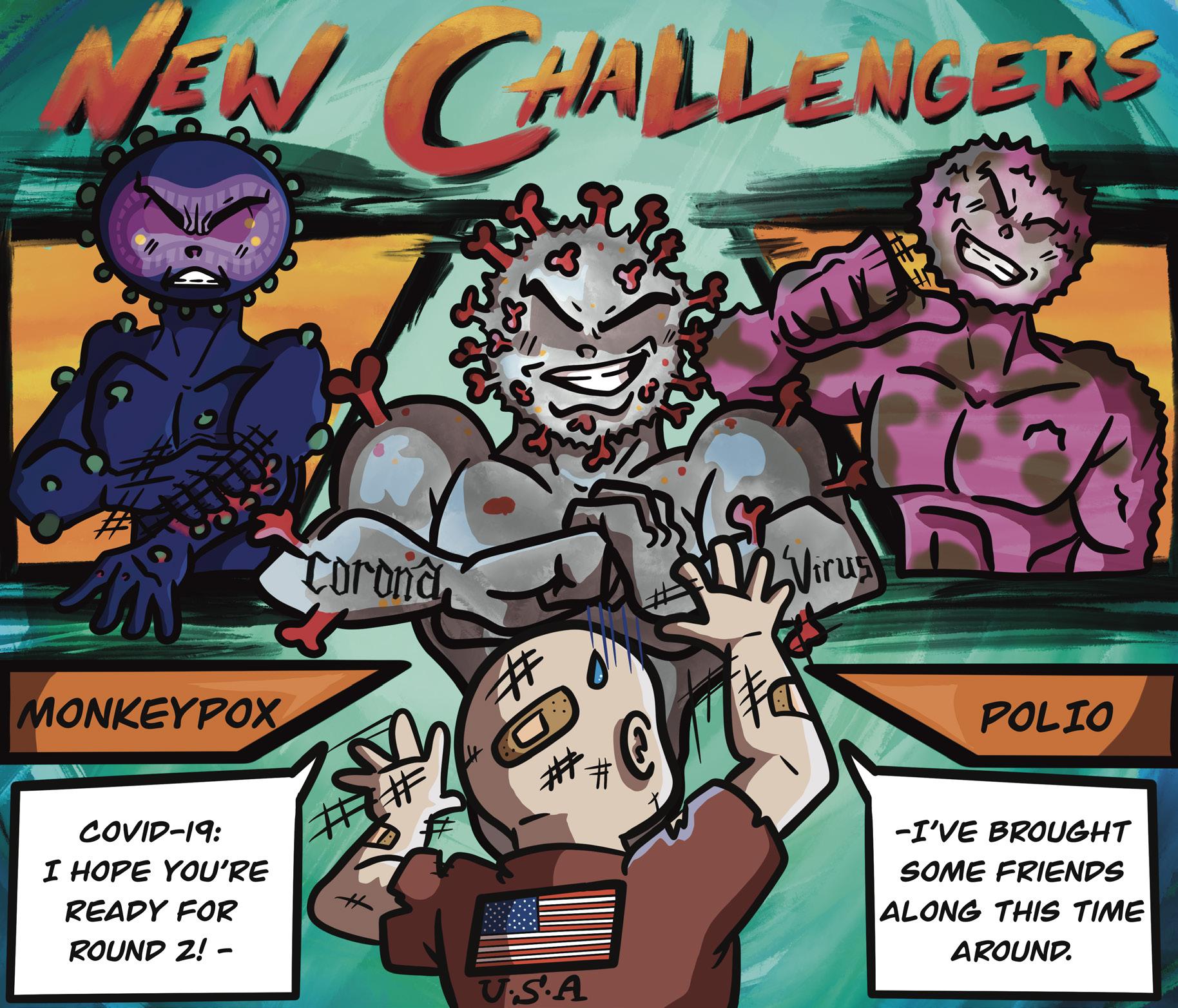
As unfair as it feels, it’s imperative to stay vigilant and informed. Wash your hands, cover your mouth and keep your distance from sick people. If this sounds familiar, it’s because it’s exactly what was being said before the whole world was locked in for a year. Here’s hoping we learned our lesson.
After a long day of school and work, all that’s on my agenda is to go home and relax by watching videos on the internet. At least that’s how it should be, but for some reason, I can’t pick anything to put on so my brain can turn off.
There’s just way too much to sort through that I’m more likely to be paralyzed with indecision rather than giving my brain the break it deserves. This dance of doom with the scroller of titles on streaming services has just become the norm.
More time is spent looking through every genre on Netflix or Hulu, occasionally saying, “Oh, that looks interesting.” But there’s never an actual decision made. Then, when snapped back into reality, all the snacks are gone, the end of the webpage is reached no closer to knowing what to watch.
This isn’t just a problem on streaming platforms. It’s across the online space. Everywhere you go, every website you visit and every link you click brings more content shoveled into your brain. It’s absolutely insane. When the social aspects of the internet began, it was simple forums and online catalogs that barely filled up a thimble in terms of memory space. Now in 2022, it is an ocean of data ready to drag you in. The viewer flails under streams of trends and advertisements, trying to tread water in the realm of entertainment with YouTube and Netflix just to have a wave of internet trolling wash over from Twitter.
The online world now is just too loud. It has so many possibilities when you log on, and everyone wants you to check out their latest project. It’s now akin to walking through an outdoor market — with barkers yelling out their prices and all you know is that you’re hungry and don’t have a preference.

All these possibilities have turned us incapable of settling for something. This is incredibly dangerous because now we’re seeing how this constant output of ideas will affect us in the real world. I can’t decide which posts I want to see, or where I want to watch my shows, and now I’m even having difficulties deciding who I am listening to in a crowded environment even if someone is talking to me directly.
The abundance of content, especially short-form videos like on TikTok or Instagram reels, has made it so the brain is constantly switching gears without settling on an answer.
I know it’s hit me pretty hard, especially after the pandemic sent me to my phone for my contact with the outside world. I can’t even watch a movie within a set time period now, especially if I’m the one with the remote, I’m always having to pause so I can get food or check a message. Then, it’s an hour later, and I never pressed play again even though I really wanted to watch the movie. There are just so many possibilities when it comes to how I can spend my time now, but at this point I think it’d be easier to just stare at the wall rather than have to wage an internal war every time I just want to relax.
America. We’re like that club that everyone wants to be a part of. At least, that’s what we’d like to think.
With Hollywood, Disneyland and the Big Apple, we really think we have it all. But what does it truly mean to be an exceptional country? We have plenty of potential to be great, but there is one problem that we just can’t seem to get past — ourselves.
As a whole, America has a serious selfabsorption problem, much of it stemming from the fact that the majority of our mass media outlets only feed us local information. Just take our news outlets, for example.
You can barely get information on other cities, let alone other countries. What’s strange is that we’re one of the only major countries in the free world that has its media set up this way. England or New Zealand, for example, have current events from all over the world as part of their regular nightly news.
In the 21st century, there isn’t an excuse for not being well-informed on topics outside of oneself. Being alive in the age of smartphones and high-speed internet means the gateway to information is always open. So why is no one using it?
No country is perfect, but one must acknowledge the issues present and be willing to fix them. When you’ve already made up your mind to believe that you can do no wrong, trying to create change is like trying to break a brick with a toothpick. with snacks, music and tie-dye kits for all the attendees.
But why does this mindset of “America can do no wrong” exist? More than likely, it’s because a majority of people think there really is nothing outside these 50 states that could truly be of any substance. For some, however, that couldn’t be further from the truth.
One of the things about the U.S. that truly makes it great is that people from all over the world immigrate here to try and better their lives. When meeting someone whose family immigrated here, compared with someone whose entire life and family have been spent in the States, it’s jarring to see the differences in their view of the world.

It’s unfortunate that despite what America has in terms of monetary opportunities, it lacks in global awareness and willingness to improve. While the rest of the world is constantly evolving and changing for the better, America is still stuck in the same place arguing the same stupid politics 40 years later and still not coming to a consensus.
The country as a whole has some serious growing up to do. News flash, the same people who have made decisions since the ‘60s shouldn’t be making them now. Modern problems require modern solutions. Considering some of the archaic government officials currently in office can’t grasp the concept of the internet, they most certainly shouldn’t be making political decisions.
What America needs more than anything else is to wake the hell up. The world is changing. New ideas are being formed every single day. And if the U.S. doesn’t keep up, it might just fade away into oblivion.

Coordinator of student activities Ana Contreras was very excited to see the turnout for the event.
“I think it builds community, you know,” Contreras said. “It gets students involved and to do something in between class, something outside of the classroom that’s fun and engaging.”
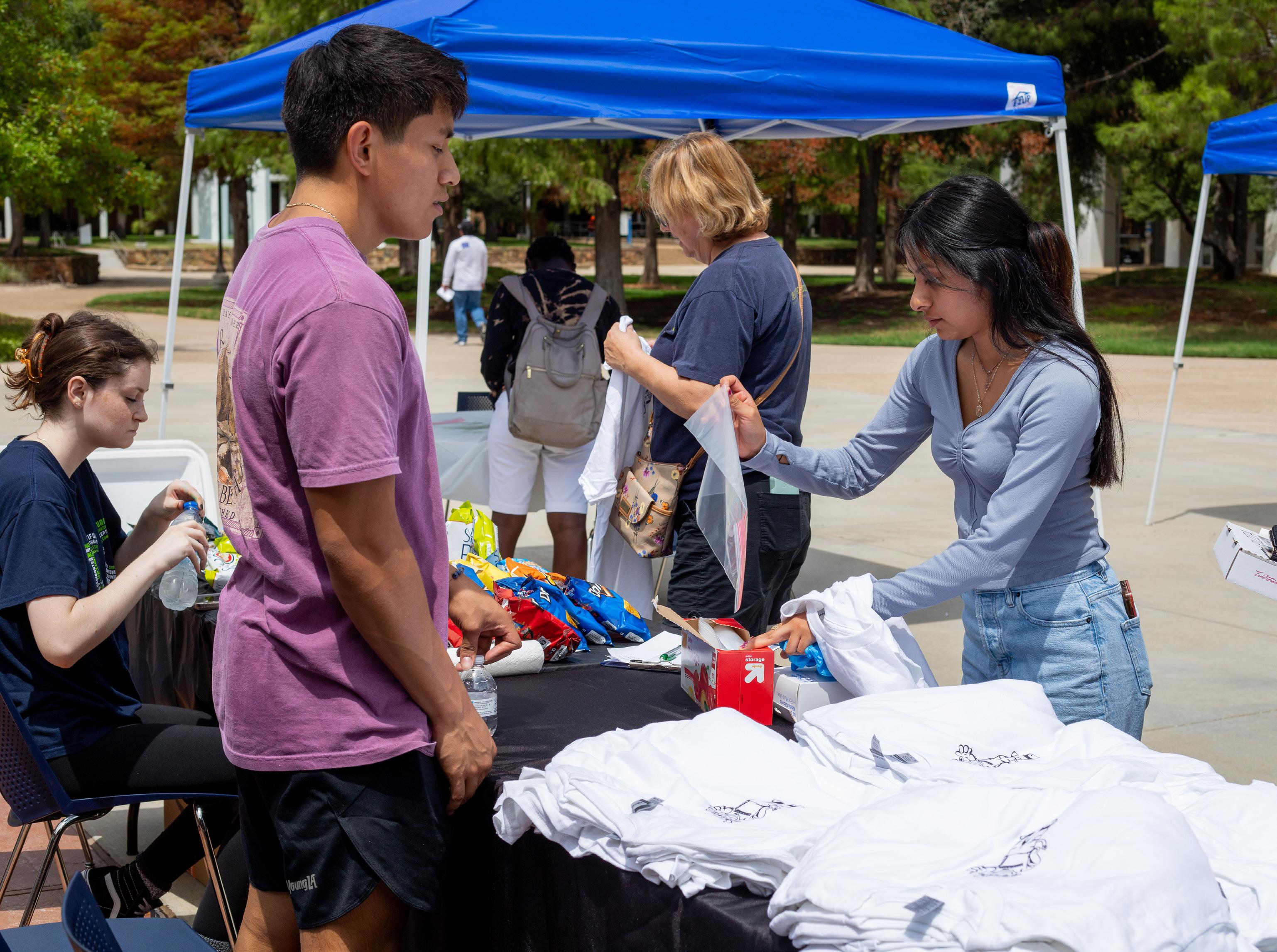
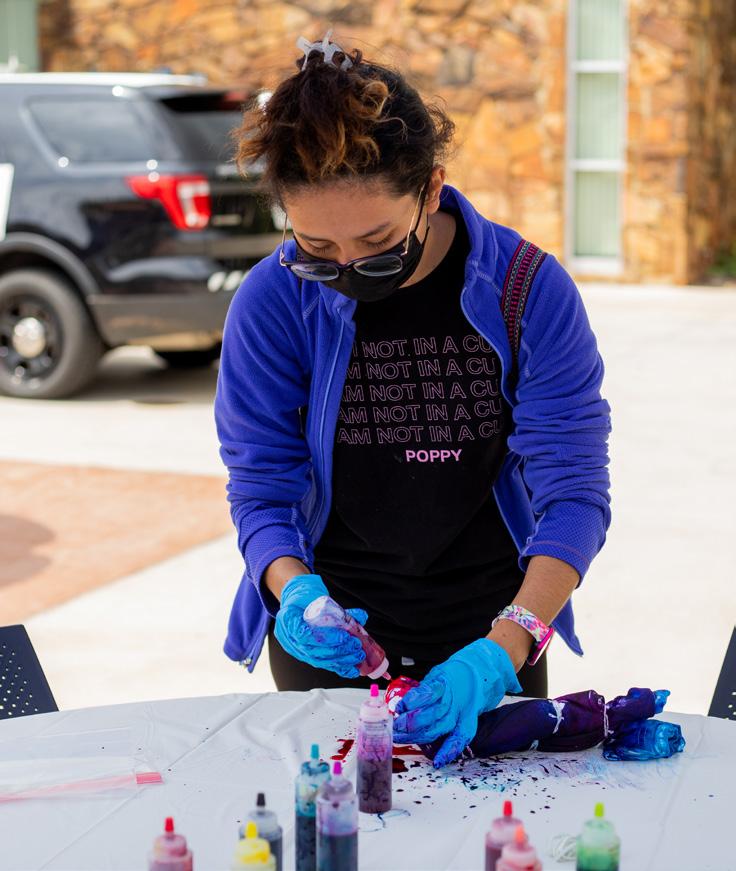
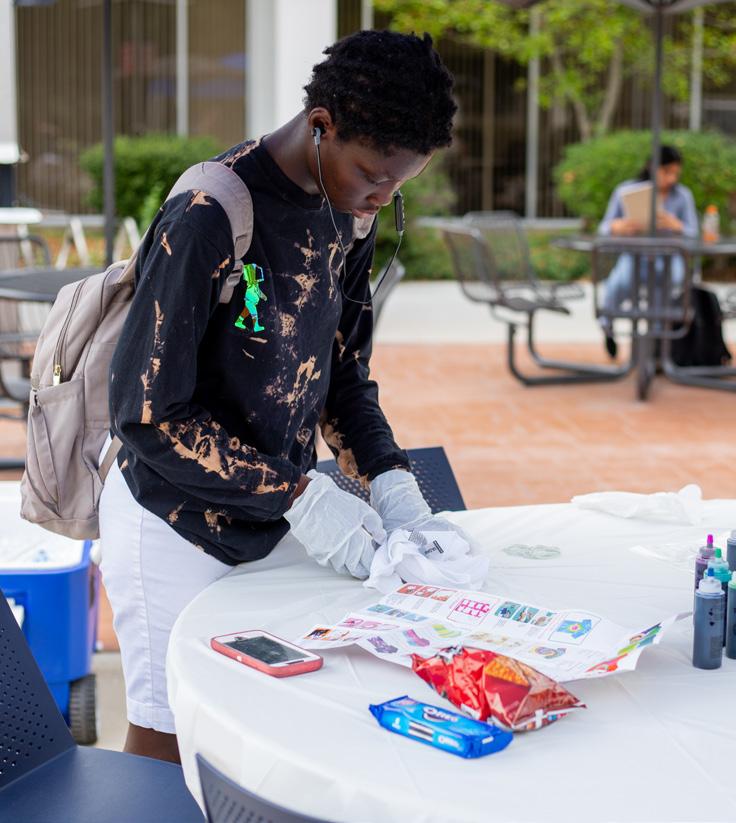
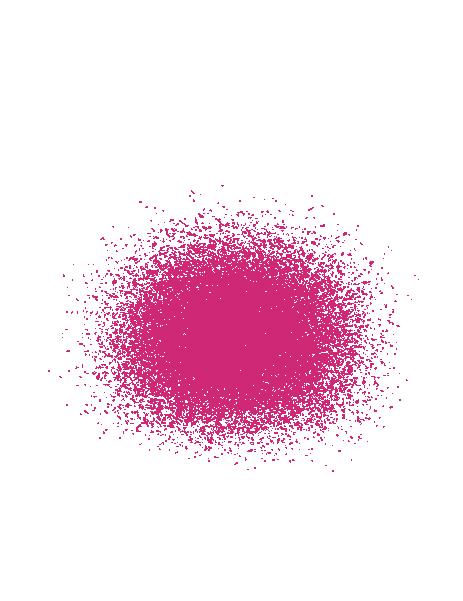
She also mentioned the importance of events like these giving students the opportunity to see what resources they have on campus.
“They get to learn about our office and what we do and what we offer,” said Contreras.
One of the main things that Contreras was excited about was the fact that the event was primarily student-led and organized. She said meant a lot to her.
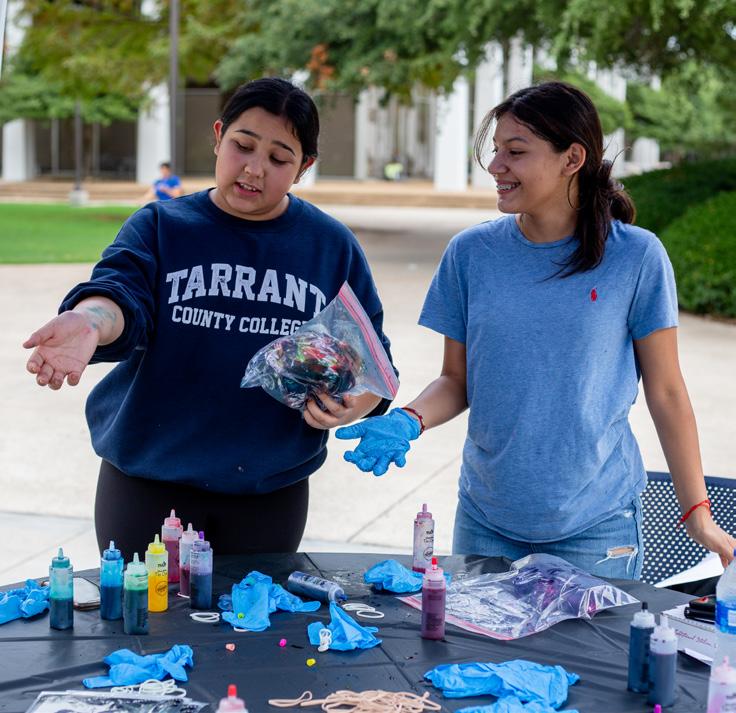
“We’re getting a lot of people coming through here so I’m glad we went through with it,” Brant said.
Brant was also excited for students to see their peers as the ones leading the event, stating that having a familiar face to look up to was the best way to bring in more students and increase their involvement.
Along with Brant, fellow peer mentor Jacob Nunez was thrilled to be able to see their hard work pay off and looked forward to continuing to make these events as special for the students as possible.
“I wasn’t expecting this many people to show up, but we’re all interacting, having fun and making memories,” Nunez said.





